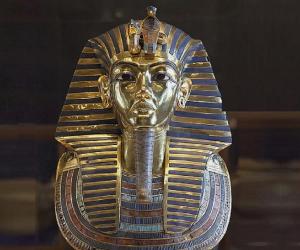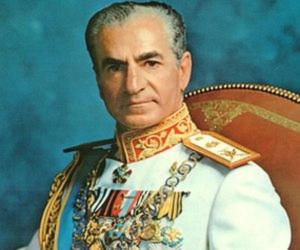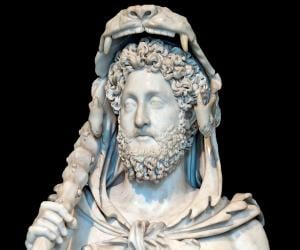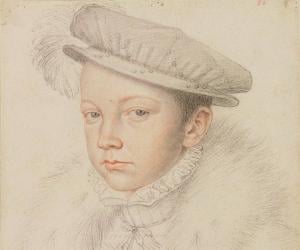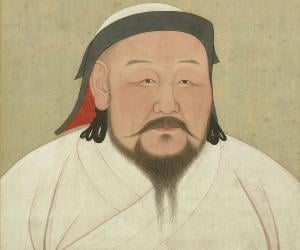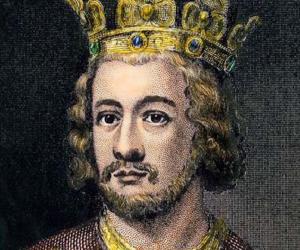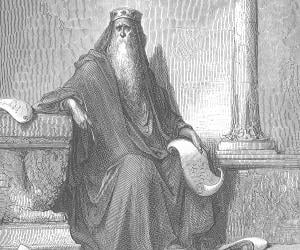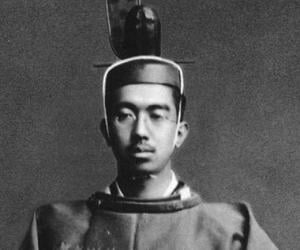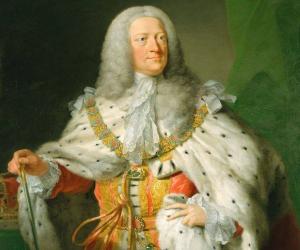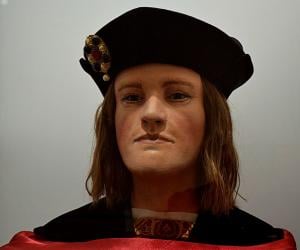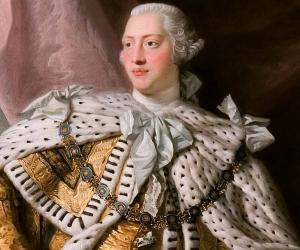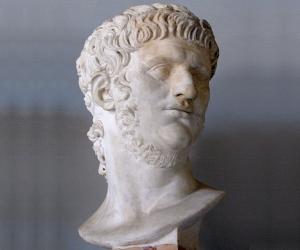Quick Facts
Also Known As: King Tut
Died At Age: 18
Family:
Spouse/Ex-: Ankhesenamun
father: Akhenaten
mother: The Younger Lady
siblings: Ankhesenamun, Meketaten, Meritaten, Neferneferuaten Tasherit, Neferneferure, Setepenre, Smenkhkare
Born Country: Egypt
Emperors & Kings Egyptian Men
Height: 1.67 m
Died on: 1323 BC
place of death: Ancient Egypt
Childhood & Early Life
Tutankhamun was born around 1342 B.C., in the royal Egyptian dynasty, to King Akhenaten. His mother was one of Akhenaten’s sisters whose identity is unknown. ‘The Younger Lady’ is the name given to her mummified remains.
Soon after his birth, he was named Tutankhaten, meaning ‘the living image of Aten.’ At the time, ancient Egypt was facing great social and political upheaval which prompted his father to ban the worship of many gods in favor of worshiping one god, Aten, the sun disk.
As a result, the public was forced to honor Aten and this gave rise to conflicts which in turn caused disorder in the ancient Egyptian society. To normalize the situation, his father focused solely on the religious transition, neglecting domestic and foreign affairs.
Eventually, his father transformed into a dictator and the regime became more corrupt. After a 17-year-reign, Akhenaten was forced to abdicate and he died soon after. Following this, the young Tutankhaten ascended the throne around 1334 B.C., at the age of nine, assuming the throne name Nebkheperure.
Accession & Reign
As Tutankhaten assumed power at a very young age, the initial years of his reign were probably controlled by an elderly official named Ay who bore the title of Vizier. Ay received assistance from Horemheb, top military commander at the time.
In the third year of his reign, Tutankhaten reversed several changes which were made during his father’s reign. He terminated the worship of the god Aten, thus reinforcing the supremacy of god Amun. The prohibition on the cult of Amun was lifted and traditional privileges were restored to its priesthood. Thereafter, he also changed his name to Tutankhamun, meaning the ‘Living image of Amun.’
As part of the restoration, he ordered the repair of the holy sites, initiated several building projects, and continued construction at the temple of Karnak. He also supervised the completion of the red granite lions at Soleb.
Tutankhamun also worked towards restoring better relations with ancient Egypt’s neighbors and encouraged better foreign relations, which was neglected during his father’s reign. Despite his efforts to improve foreign relations, battles with Nubians and Asiatics were recorded in his mortuary temple at Thebes.
There is no definite record about the final days of Tutankhamun’s life. The cause of his death has been a subject of debate since the discovery of his tomb in 1922.
Personal Life & Legacy
After ascending the throne, he married his half-sister Ankhesenpaaten, who later changed her name to Ankhesenamun. They had two daughters, but unfortunately both were stillborn.
He died suddenly in 1325 B.C. at the age of 18. Since the reason behind his death could not be ascertained, major studies have been conducted in an effort to establish the cause of his death since the discovery of his tomb in 1922. Although there has been some speculation about his assassination, the consensus is that his death was accidental.
In 2005, a CT scan of his corpse showed that he had suffered a left leg fracture shortly before his death, and that the leg had become infected. Later, a DNA analysis revealed the presence of malaria in his system, which led to the belief that a combination of malaria and Köhler disease II caused his death. Similarly, numerous other diseases were taken into account as possible causes of his demise.
His body was preserved through mummification and was buried in a tomb in the Valley of the Kings. There are no known records of Tutankhamun after his death. As a result, he remained virtually unknown until the 1920s. Much of what is known about Tutankhamun, better known today as King Tut, comes from the discovery of his tomb in 1922.
Facts About Tutankhamun
Tutankhamun’s tomb was discovered in 1922 by British archaeologist Howard Carter, and it was one of the most well-preserved and intact tombs ever found in the Valley of the Kings.
Tutankhamun became pharaoh at the young age of nine and ruled Egypt for approximately ten years before his untimely death at around 1323 B.C.
One of the most famous artifacts found in Tutankhamun’s tomb is the gold funerary mask that covered the pharaoh’s mummified face. This iconic mask has become a symbol of ancient Egyptian art and culture.
Tutankhamun’s burial chamber contained several artifacts, including jewelry, clothing, furniture, and even food and wine meant for the afterlife, providing valuable insights into ancient Egyptian burial practices.


